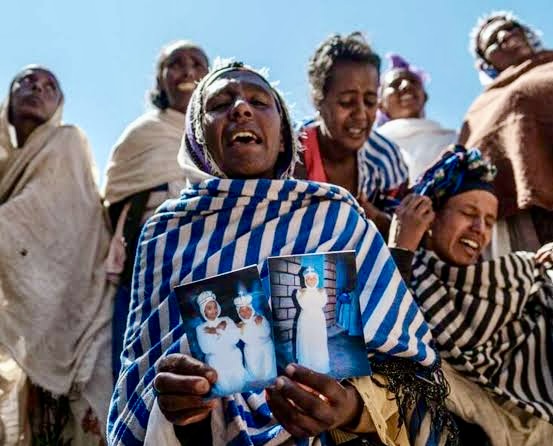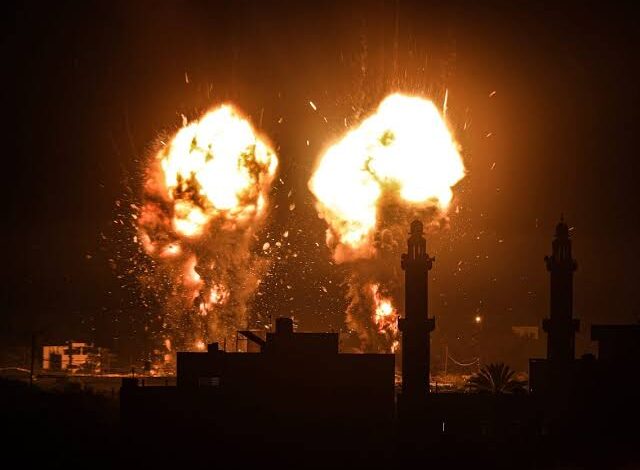
Faith Nyasuguta
Three years ago, before the eruption of the war between the Ethiopian National Defense Forces (FDRE) and the Tigray People’s Liberation Front (TPLF), Haftom Kidai was a 25-year-old with no military experience, never having held a gun. He was immersed in private business.
But when the war commenced, marked by Ethiopian and Eritrean forces entering Tigray and perpetrating atrocities, Haftom’s life took a profound turn. He underwent military training and joined the ranks of the young people of Tigray in their fight.
Haftom’s unwavering commitment to his country and people led him to the battlefront, where he suffered severe injuries. Today, he resides in an army care center in Tigray’s capital, Mekelle, with half of his body paralyzed. Despite his ordeal, Haftom bears no grudges.
He explains, “I joined the struggle for my country, for my people, and for myself. I don’t regret the sacrifices I made. I did what I had to do.”
However, the toll of the conflict on Haftom and others like him is undeniable. They now live with disabilities and have pressing demands and needs, with medical treatment topping the list. Haftom emphasizes, “If I get proper treatment, I don’t want anything else.”
The war in Ethiopia, which spanned two years and claimed the lives of an estimated 600,000 people, concluded with the signing of a peace agreement on November 3, 2022. Former Nigerian President Olusegun Obasanjo, the lead peace mediator during the conflict, disclosed this staggering death toll.
Furthermore, the fighting resulted in countless injuries and led to the displacement of approximately 1.7 million people, inflicting physical and psychological trauma on millions of Tigrayans, including Haftom.
Mediated by the African Union (AU) in Pretoria, the peace agreement between the Tigrayan regional forces and the Ethiopian government marked a significant turning point, ending the civil war in Ethiopia.
Following the peace accord, Mekelle, the capital of Tigray, gradually reawakened. The city’s residents found respite from the sounds of gunfire, aircraft, and drones that had haunted them for years.
With the peace deal in place, essential services, including telecommunications, internet access, transportation, and commercial activities, which had been suspended for two years, were reinstated.
The peace agreement brought relief and a sense of reconnection to the world for the people of Tigray. Bilen Mitiku, a resident of Mekelle, shared her perspective, stating that “being able not to hear the sounds of gunfire, aircraft, or drones has been a blessing.”
She also noted that, after the peace agreement, Tigray seemed to be opening up to the world in terms of communication and transportation.
Despite these positive developments, challenges persist one year after the peace agreement. Many internally displaced people are still awaiting assistance, and they have endured nearly four years of being away from their homes.
International aid organizations are grappling with the task of aiding those in need, with additional challenges like drought, cholera outbreaks, and the devastation caused by locusts.
According to the Office for the Coordination of Humanitarian Affairs (OCHA), the humanitarian situation in Tigray remains dire, with over 1 million internally displaced individuals and 1.5 million in need of food assistance. Additionally, the UN has issued warnings of ongoing atrocities, including war crimes and crimes against humanity.
Daniel Semungus, a lecturer at Mekelle University, reflected on the first anniversary of the Pretoria agreement. While acknowledging some progress, such as the restoration of communication, internet access, education, healthcare facilities, and transportation, he stressed that many in Tigray continue to demand the full implementation of the peace agreement.

The situation in various parts of Tigray varies. In areas under the control of Eritrean forces, services have been slow to return. Hagos Tesfay, who resides in Tigray’s Irob district near the Eritrean border, described the lack of change in his community, still under Eritrean military control.
Gebreselassie Kidane, displaced from the Western Tigray zone, which is now under the control of Amhara militants, expressed the difficulties faced by those unable to return home even after the cessation of hostilities.
The Alliance of Civil Society Organizations of Tigray (ACSOT) asserted that the peace agreement signed a year ago has not been fully implemented, citing inadequate efforts on the part of the federal government.
Redaei Halefom, head of communications at Tigray’s interim administration, called for the withdrawal of foreign forces in Tigray and the immediate return of displaced citizens, emphasizing the importance of fulfilling the terms of the agreement.
The lingering challenges in Tigray indicate that the path to lasting peace and recovery is still fraught with obstacles and complexities.
RELATED:




